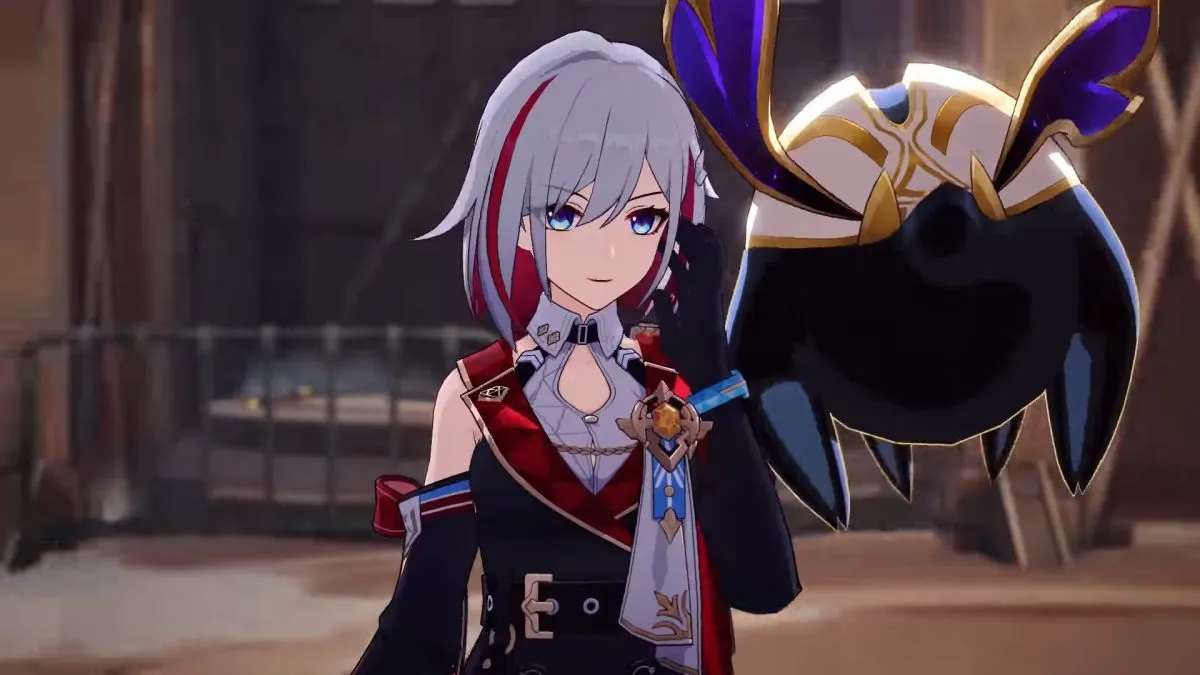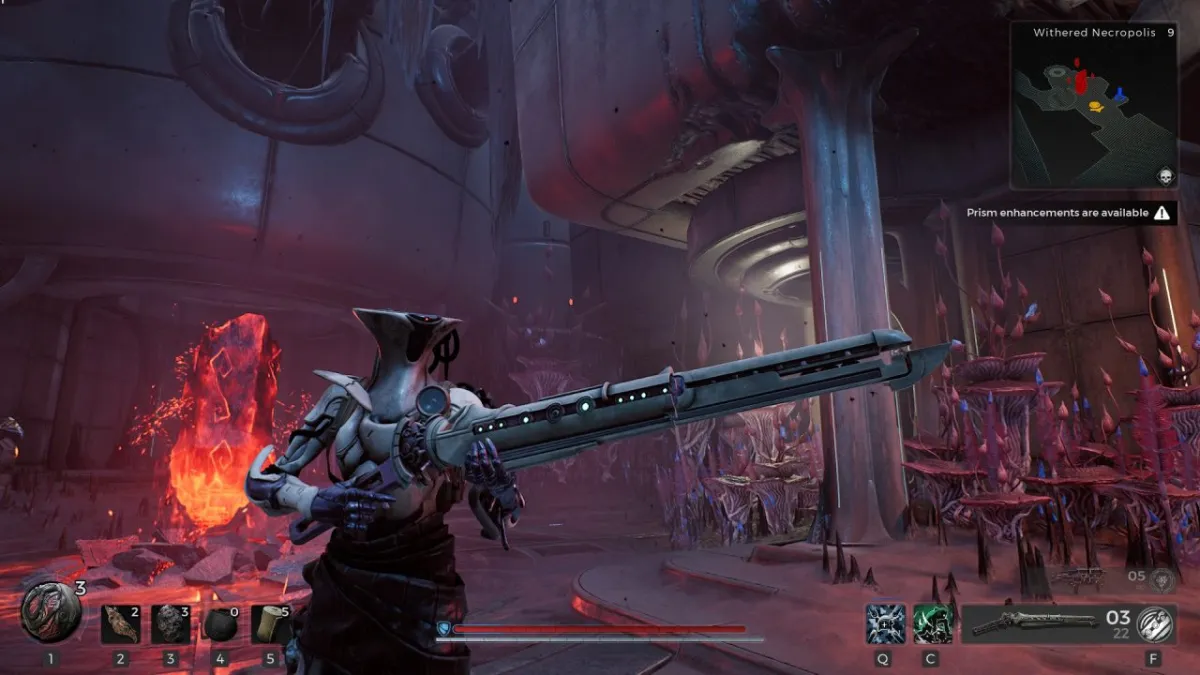That also sounds incredibly easy.
It’s not. Supports have a lot to worry about and a lot to focus on, and counting down the time until there’s another set of Wards in the store isn’t something most really do. Ideally, they will, but more often than not – unless they themselves really need Wards, or someone reminds them – they’ll check every now and then, and go warding.
What about Sentry Wards?
These aren’t as essential. In higher level games, sure, you’ll drop Sentries so that you can find and destroy the enemy team’s Wards and reduce their vision, but this doesn’t happen so much in lower level games and isn’t something you need to worry too much about.
So supports can totally ignore Sentry Wards while they’re still learning the ropes?
No. As with anything, there are exceptions to the rule, and with Sentry Wards it’s generally either “if you’re losing badly” or “if either team has heroes that can turn invisible.”
If either team has heroes that can turn invisible? Surely it’s only if the enemy team has those heroes? No, wait: explain the other one first. Why are Sentries important if you’re losing?
For exactly the reason I gave earlier as to why Observer Wards are important if you’re losing – they let your carries stay safe. Stick a Sentry Ward down on the more common ward spots, and you can find and destroy the enemy Observer Wards in your jungle. Do this, and your enemy has no vision in your jungle, which means they can’t see your carries farming their little hearts out. Combine this with Observer Wards and they have no vision, while you do. You’ve suddenly got safe farming territory, and you can start redressing the balance and maybe getting yourself into a position where you can win teamfights.
I can guess why you want Sentry Wards if the enemy team has stealth heroes – so that you can see them, right?
Right. Usually a good idea to put them down in any area where you’re planning on fighting, or sticking around for awhile.
So why do you want them if your team has stealth heroes?
Counter-warding. You want to be able to destroy their Sentry Wards. Let’s say you’re supporting Bounty Hunter or Broodmother or Riki in lane – someone who will, at some point, start relying on stealth before the laning phase is really over. If the enemy’s smart, they’ll have Sentry Wards ready for that point so that they can remain safe and keep harassing your hidden hero… or wait for him to over-extend, thinking he’s safe, and then stun and kill him. Dust of Appearance isn’t quite as effective in a laning situation, really.
If you have Sentry Wards, though, then you can use them to spot and destroy theirs. It’s expensive, but worthwhile. This also applies later on at certain times, too, although the chance that someone on the other team will pick up a Gem of True Sight does mean that this’ll be a bit less effective in the very late game.
Are you done talking about Wards yet?
I guess so.
So you want to tell me about keeping your team alive, and why that’s something specific to supports rather than just a general goal for everyone? Because I figure that pretty much everyone wants their team to stay alive. You idiot.
Obviously everyone wants their team to stay alive –
You idiot.
Shut up. Everyone wants their team to stay alive, but supports are more expendable than everyone else. They don’t need money too much so they won’t lose too much from death, they probably don’t have many kills, and they’re likely a lower level than the rest of the team (the latter is regularly untrue, but again, generalising). As such, sacrificing a support to save a carry is a worthwhile trade. If you die and your carry lives and gets away because of your sacrifice, chances are it was a good move. Your carry needs to gain levels. Your carry needs to farm. Your carry cannot afford to lose gold by dying, or to lose time by dying.
Obviously, though, this is a seriously risky judgment call. If you get it wrong, then you might wind up dying as well, and I’ve warned you before about how dying is something you do not want to do. If your carry is the only one other than you still alive, and he’s being chased by the whole enemy team, it might be more sensible to just defend whatever gets attacked instead – particularly if you’re someone like Shadow Shaman or Disruptor, who can make it very, very difficult for people to attack towers. (The flipside being that Disruptor might actually be able to save the carry a bit more easily thanks to the number of tools he has for locking down or pushing back multiple enemies).
Nonetheless, as a support, that’s sorta your role. If you’re laning and one of your other lanes gets pushed hard by the enemy, it’s most likely you who should probably Town Portal over there to help defend, so that your lane partner can keep his farm going. You’re the one who’s meant to keep the team alive and keep the game safe until your carry can actually start carrying you.
Why the hell would I sacrifice myself for someone else?
That attitude indicates that you would be a terrible support.
So that’s all a support should do, then?
No, but that’s about all that all supports should do. The problem is exactly the same that I’ve mentioned before – Dota 2‘s classification system is a bit nebulous, and pretty much every hero fits into multiple categories. Lina, who is currently my go-to hero, works well as a support because in the early game she can lay out a silly amount of damage very, very quickly, even without any money, and she’s got stuns that can either save people from death or help to set up kills. Conversely, if she gets money then she can build up damage and health items that can turn her into a very viable semi-carry – or even carry. And because of the ease with which she can kill people at level 6, she can very easily start racking up the money she needs for these items even if she’s spent the first ten minutes supporting someone else.
Sand King is a solid support because, again, he’s got an excellent stun and the means to protect others in the early game, even without money. On the other hand, he easily transitions into a teamfight role once he’s got a Blink Dagger and his unbelievably powerful ultimate. Lion is a solid support/babysitter who can turn into a roaming ganker once he gets his ultimate. Dazzle is a solid support and lane babysitter with his healing and invulnerability powers, but… okay, no, he’s pretty much a support right the way through the game, despite my terrible habit of buying Desolator on him if a game is going well.
Sorry. You buy Desolator on Dazzle?
As a joke, usually, if the game is going so well that I can’t possibly lose! But, uh, yeah. You don’t want to do that.
Fantastic. You’re an idiot.
Look, it actually synergises quite well with his ultimate, and if –
No no no, it’s quite alright. You’re an idiot. Are you done yet, by the way? I have a massage in half an hour.
One last thing.
Ugh.
It’s fine. You can go for your massage, or whatever that actually means considering you’re actually just me having a stress-related breakdown. I only want to go over ward locations.
This is a quick and dirty guide – there are some much more in-depth guides to where and when you should ward online, but I want to give a quick overview. As such a lot of these locations are dependent on the state and time of the game, but I’ve colour-coded them and given a little description as to what that particular ward offers you.
White: These give vision of your enemy’s mid Tier 1, and – if placed right – aren’t detected by that tower.
Red: These offer vision of one of the rune spots, with each location also granting a bit of extra vision that can help you either keep an eye on enemy lanes, the Roshan pit, incoming ganks, etc.
Blue: These offer vision of the high ground between the Tier 1 and Tier 2 towers, and generally useful for making sure you won’t be ambushed if you’re attacking or defending the Tier 2s.
Yellow: These offer solid vision of the enemy’s jungle, and usually some lane vision. Note that a few of the red ward locations do this, too.
Pink: These block one or more jungle camps (including the pull camp) and offer a bit of vision. For the Radiant side one, Google “magic bush.” Don’t worry; it probably won’t come up with porn.
There are, obviously, far more good ward locations than this; there are guides online listing the more common ward spots and why you’d put a ward there, which have upwards of 70 locations. I haven’t covered push wards, or defensive Roshan wards, or lane wards, or… well, lots. But these are some of the more common ones. In general, if you’re playing a support and you have some wards spare, these are reasonable locations to drop them.
Note that which wards are most useful depends on the state of the game – if you’re pushed right the way back to your base, then warding the enemy jungle isn’t going to do much for you. Likewise, warding the pull camps is fairly pointless after the laning phase is over.
That’s about it for this week, I think. I will probably return at some point with more vaguely helpful Dota 2 bits and pieces, as soon as I think of another topic worth discussing. Hurrah!














Published: Jan 7, 2014 10:55 PM UTC